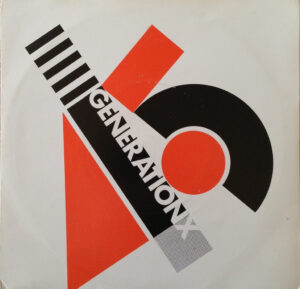
Refuse Generational Labels; You’ll Lead Better
Scroll through your social media feed, and it’s highly likely you’ll see a post that bashes Millennials and the generation of kids today. Usually, there’s

Scroll through your social media feed, and it’s highly likely you’ll see a post that bashes Millennials and the generation of kids today. Usually, there’s
Is striking a balance between work and life a priority for you? You are not alone. 45 percent of employees said they don’t have enough
Almost every organization has a firm understanding of how important diversity is. There is an abundance of research out there that confirms more diversity results
We’re in the middle of a historic evolutionary leap driven by digital innovation and software technology. And it’s created a generational divide that holds both

This week, #TChat offers 3 ways to play! We marry old school with new tech, and hopefully advance workplace culture and practices for everyone

What can industry conferences teach us about how to overcome generational stereotypes in the workplace? The Recruiting Trends Social Summit reminded me this week that the TalentCulture community mantra is more than mere words. Together we ARE better…

What role does age really play in today’s workplace? One of our very own #TChat Ambassadors takes a tough look, and offers advice for young professionals…

Today’s workplace is no place for age-based stereotyping. And yet, negative stereotypes persist. How can we break free from these assumptions that threaten professional relationships and business performance?
Here’s an interesting people factoid: At least three generations are playing in the workplace sandbox today, with a fourth set to join soon. The Boomers,
How old are you? (Did I really just ask that question?) But seriously, do age differences in the workplace make a difference in your world – for better or worse?